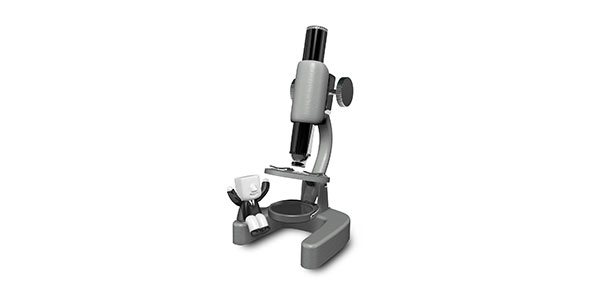Related Flashcards
Related Topics
Cards In This Set
| Front | Back |
|
After a (1) retail investigates alternative trading areas:
|
(2) determines what type of location is desirable
(3) selects the general location (4) evaluates alternative specific store sits |
|
(2) determines what type of location is desirable?
|
-isolated store
-unplanned business district -planned shopping center |
|
Isolated store
|
A freestanding retail outlet located on either a highway or a street- no adjacent retailers with which this type of store shares traffic
ex: large-store formats (Wal-mart) & convenience-oriented retailers (7-eleven) -good for category killer |
|
Unplanned business district:
|
A type of retail location where two or ore stores situate together (or in close proximity) in such a way that the total arrangement or mix of a store is not due to long-range planning
-central business district -secondary business district -neighborhood business district -string |
|
Central business district (CBD):
|
The hub of retailing in a city; aka- downtown
-great density of office buildings & retail stores -both vehicular & pedestrian traffic very high -no more than a square mile, w/ greatest concentration of cultural & entertainment facilities surrounding it |
|
Secondary business district (SBD):
|
An unplanned shopping area in a city or town that is usually bounded by the intersection of two major streets
-smaller stores, less width & depth of merchandise assortment, smaller trading areas & it sells a higher proportion of convenience-oriented items |
|
Neighborhood business district (NBD):
|
An unplanned shopping areas that appeals to the convenience shopping & has several service stores of a single residential area (ex: barber shop, drycleaning, resteraunt)
-leading retailer typically supermarket or large drug store |
|
String:
|
An unplanned shopping area comprising a group of retail stores, often with similar or compatible product lines, located along a street or highway
|
|
Planned shopping center
|
Consists of a group of architecturally unified commercial establishments on a site that is centrally owned or managed, designed & operated as a unit, based on a balanced tendency & accompanied by parking facilities
-3 types: regional, community & neighborhood |
|
Balanced tendency:
|
The stores in a planned shopping center complement each other as to the quality & variety of their product offerings, & the kind & number of stores are linked to overall population needs
|
|
Regional shopping center
|
A large, planned shopping facility appealing to a geographically dispersed market
-at least 1 or 2 department stores -50-150 smaller retailers -broad & deep product/service assortment -on average, people travel > 20 mins -about 2,515 centers |
|
Mega mall
|
An enormous planned shopping center with 1 million + square feet of retail space, multiple anchor stores, up to several hundred specialty stores, food courts & entertainment facilities
-largest form of a planned shopping center -largest overall trading area -(ex: Mall of America) |
|
Community shopping center
|
A moderate-sized, planned shopping facility w/ a branch department store (traditional or discount) and/or a category killer store, as well as several smaller stores (similar to those in a neighborhood center)
-power center -lifestyle center |
|
Power center
|
A shopping site with (1) up to a half-dozen or so category killer stores & a mix of smaller stores, or (2) several complementary stores specializing in one product category
|
|
Lifestyle center
|
An open-air shopping site that typically includes 150,000-500,000 square feet of space dedicated to upscale, well-known specialty stores
|






